Analysis of the internal device and the principle of operation of the self-priming pump for water
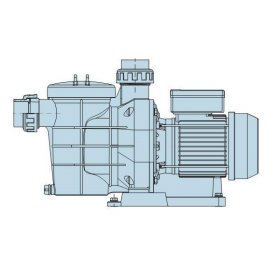
Self-priming pumps for water are necessary for the construction of effective autonomous water supply systems in country cottages, private houses and summer cottages. From the name it follows that this equipment is capable of being at a short distance from the source of water intake to raise liquid from a depth, passing it “through itself”. Models produced by manufacturers are distinguished by their purpose and a number of technical characteristics that need to be studied when choosing a pump for domestic use. Quite often, self-priming pumps in autonomous suburban water supply systems come with a storage or diaphragm pressure tank. True, this type of equipment is already called a pumping station.
This video demonstrates the principle of operation of a domestic self-priming pump that can take fluid with a hose from a tank and pump it to the right place.
Types of self-priming pumps
Manufacturers produce self-priming pumps with a built-in or remote ejector. In this type of pumping equipment, the absorption and rise of the liquid occurs due to its discharge. During operation, the ejector installations make too much noise, therefore, for their placement on the site, a special room is selected, located at a sufficient distance from the apartment building. The main advantage of self-priming pumps with an ejector is their ability to lift water from a great depth, an average of about 10 meters. In this case, a supply pipe is lowered into the source of water intake, and the pump itself is installed at a certain distance from it. This arrangement allows you to freely control the operation of the equipment, which affects the duration of its use.
Important! For all models of domestic self-priming pumps of this type, it is important to provide protection against "dry running", which provokes damage to the unit in most cases.
The second type of equipment includes self-priming pumps that provide water lift without ejectors. In the models of this type of pump, the liquid is sucked in by a hydraulic device with a special multi-stage design. Hydraulic pumps operate silently in contrast to ejector models, but they are inferior to them in the depth of fluid intake.
The device and principle of operation of a centrifugal pump
The figure shows the device of a self-priming centrifugal pump. A rigidly mounted wheel is located in the spiral-shaped housing, which consists of a pair of discs with blades inserted between them. The blades are bent in the opposite direction from the direction of rotation of the impeller. With the help of nozzles of a certain diameter, the pump is connected to the pressure and suction pipes.
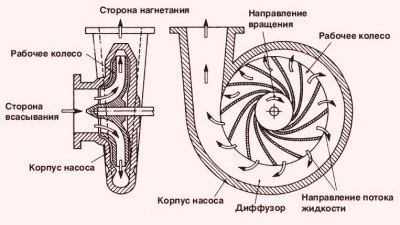
Thus, a self-priming centrifugal pump for pumping water used in private homes and cottages can be schematically presented.
The principle of operation of centrifugal self-priming pumps is as follows:
- After the housing and the suction pipe are filled with water, the impeller starts to rotate.
- The centrifugal force that occurs when the wheel rotates displaces water from its center and throws it to the peripheral areas.
- Due to the increased pressure created during this, the fluid is displaced from the periphery into the pressure pipe.
- At this time, in the center of the impeller, the pressure, on the contrary, decreases, which causes liquid to flow through the suction pipe into the pump housing.
- According to this algorithm, a continuous supply of water by a centrifugal type self-priming pump occurs.
Important! In the design of centrifugal pumps, there can be from one to several impellers. According to the number of wheels, single-stage and multi-stage pump units are distinguished. However, the number of wheels does not affect the general principle of operation of this equipment. In any case, the fluid moves under the action of centrifugal force generated by the rotating wheels.
The principle of operation of a self-priming vortex pump
The air shown in the figure in yellow is sucked into the pump housing due to the vacuum created by rotating the impeller (impeller). Then there is a mixing of the air entering the pump with the working fluid contained in the unit body. In the figure, this liquid is shown in blue.
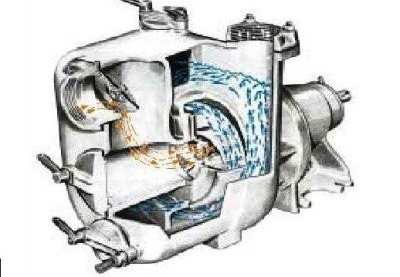
This figure shows the device and principle of operation of a vortex self-priming pump for lifting liquids to a height of not more than eight meters
After the mixture of air and liquid enters the working chamber, these components are separated from each other, based on the difference in their densities. In this case, the separated air is discharged through the supply line, and the liquid is recycled in the working chamber. When all air is removed from the suction line, the pump is filled with water and starts to work in the centrifugal installation mode.
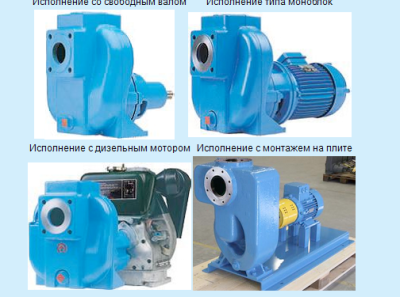
Possible versions of vortex self-priming water pumps manufactured by manufacturers for domestic use by owners of private houses and country cottages
A check valve is installed on the suction flange, which is designed to prevent backflow of air into the pipeline, as well as to ensure the constant presence of working fluid in the pump chamber. Thanks to such a device and the principle of operation, self-priming vortex pumps are capable, with a flooded chamber, of lifting liquid from a depth not exceeding eight meters without installing a bottom valve.
Important! Vortex pumps are designed to pump not only water, but also liquid-air mixtures.
What is the difference between vortex and centrifugal structures?
The centrifugal unit is larger in size than a self-priming vortex water pump, which is compact in size. But centrifugal pumps produce little noise, which is important for everyday use. Vortex models are sold at a lower price, which is also important for the consumer. At the same time, the pressure of water created by vortex pumps can exceed the capabilities of centrifugal models up to seven times.
When choosing a self-priming pump, you should not be guided only by prices, since cheap equipment may not ensure the normal operation of water supply systems. It is desirable to build on the purpose of the pump and its technical characteristics. With a competent choice of the pump model and observing the manufacturer's recommendations on the method of its operation, you can count on the long-term functioning of the purchased equipment.
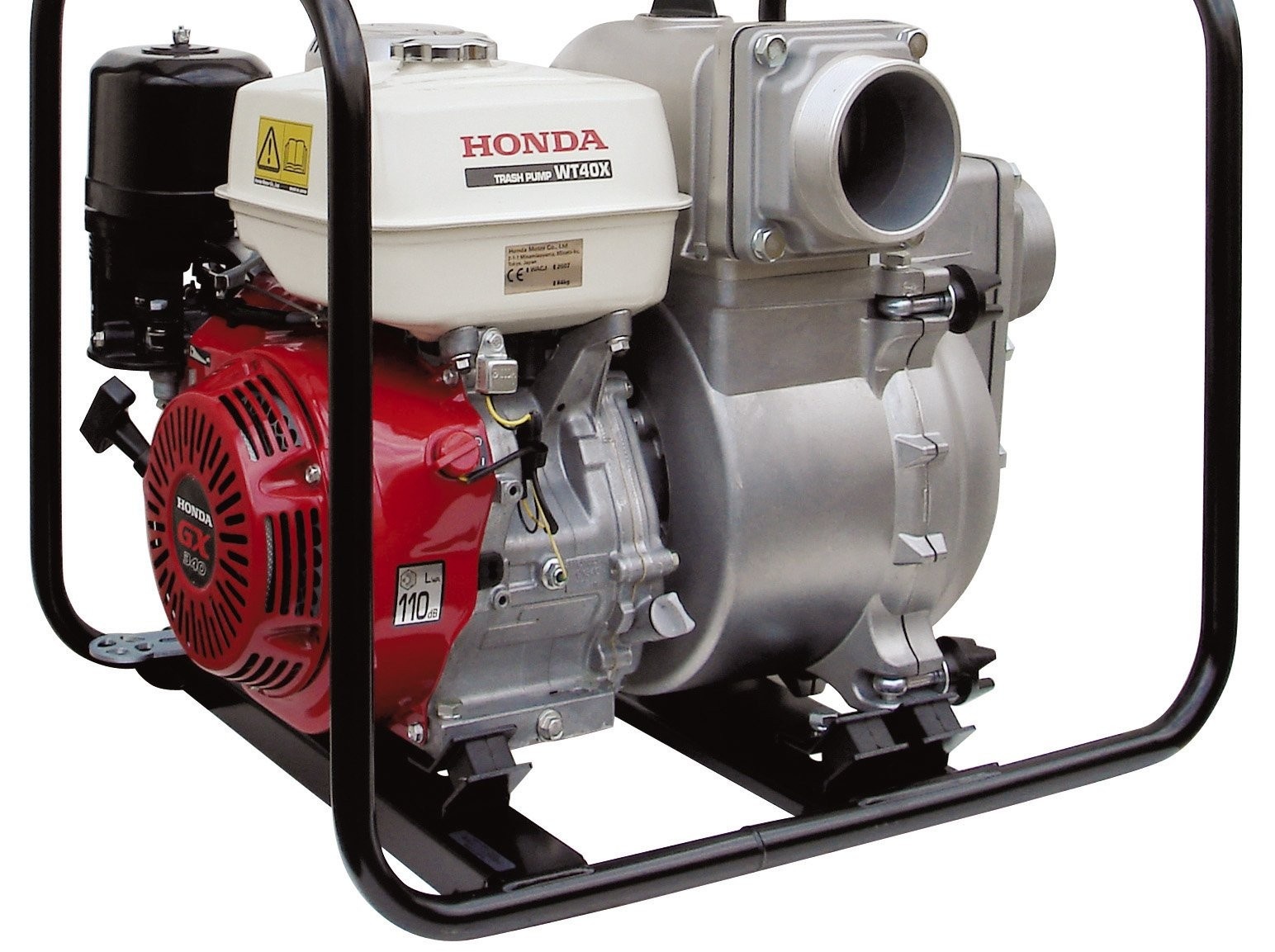
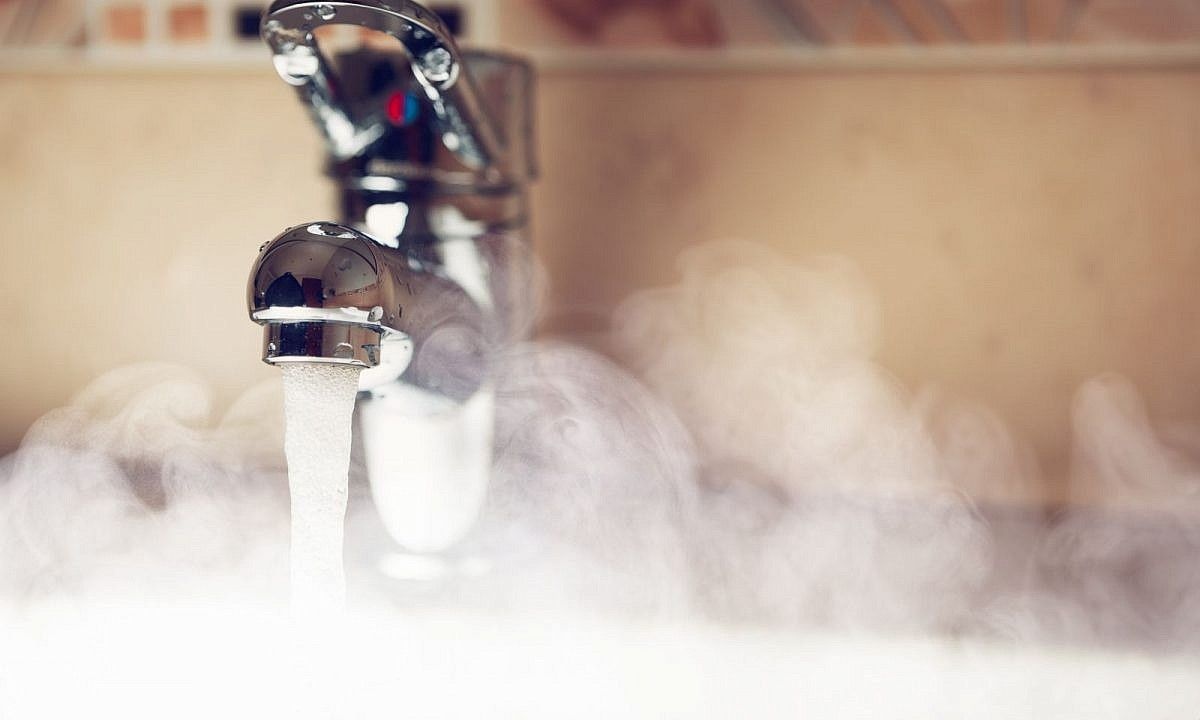
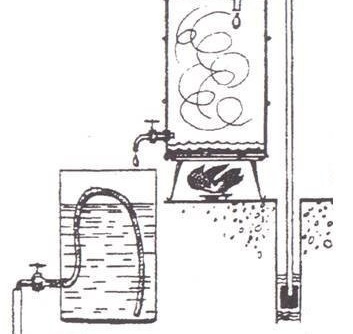
2 comments